Search
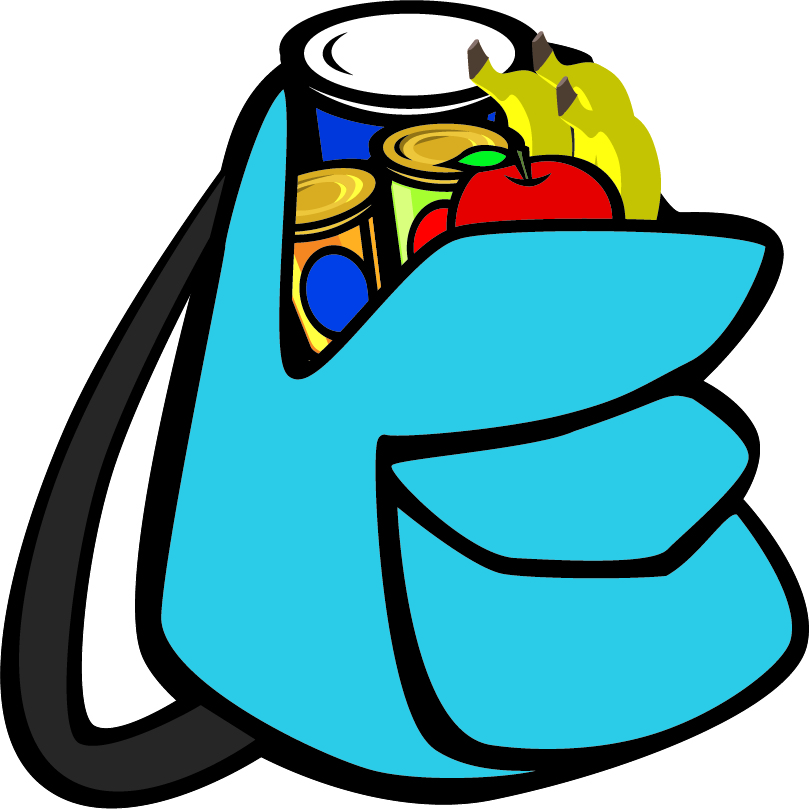
Bountiful Backpack
Use this program to help participants develop cooking, food safety, and recipe preparation skills for its participants.
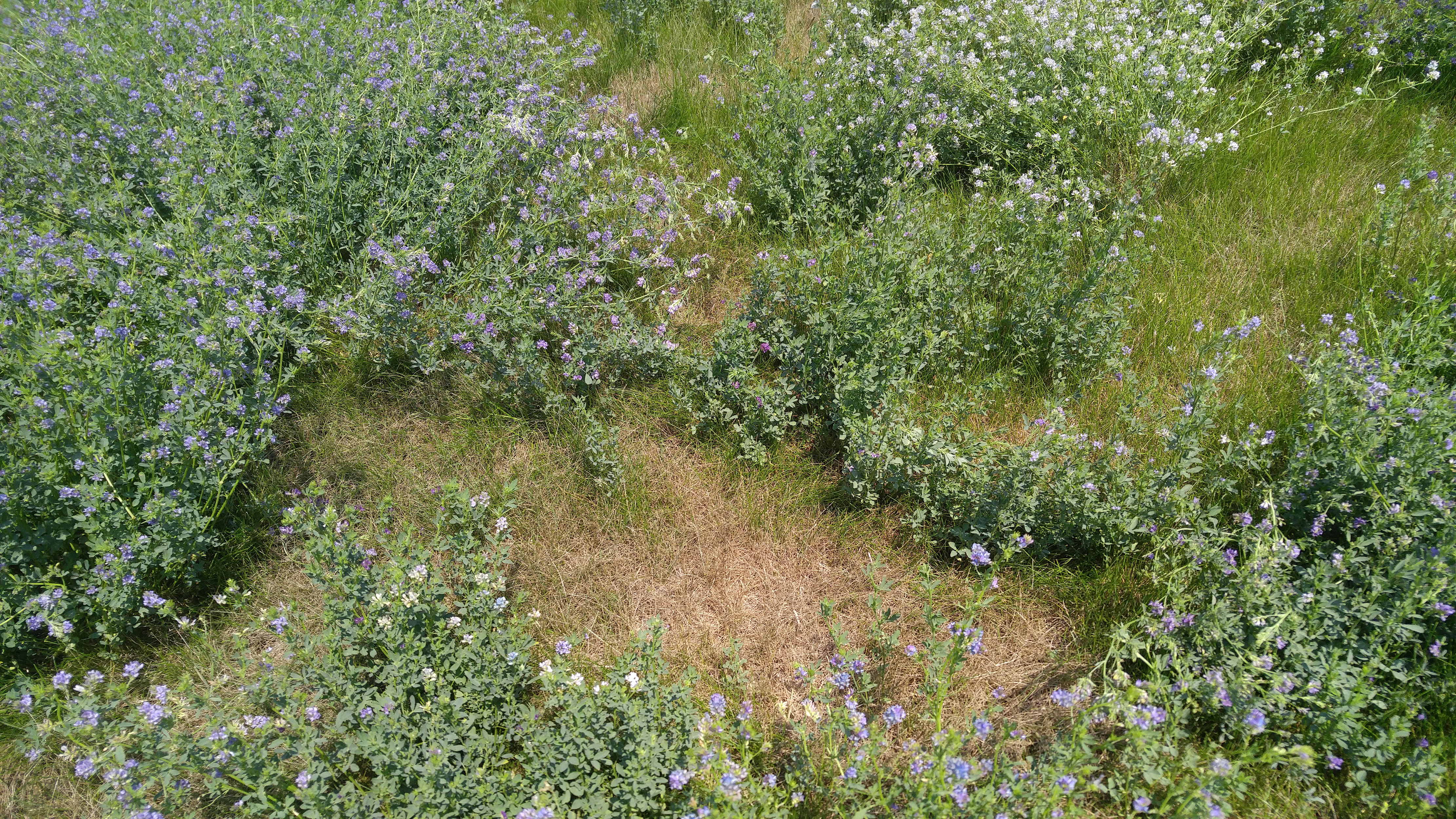
An identification guide for Alfalfa Insect Pests in South Dakota
Pictorial guide for common insect pests of alfalfa in South Dakota

Johne’s Disease Testing in Beef Herds: Looking at the Available Tests
Once thought to be a dairy cattle problem, Johne’s Disease is increasingly a topic of conversation for beef seedstock and commercial producers alike. An understanding of the Johne’s Disease testing options available is a good first step in devising a herd health plan.
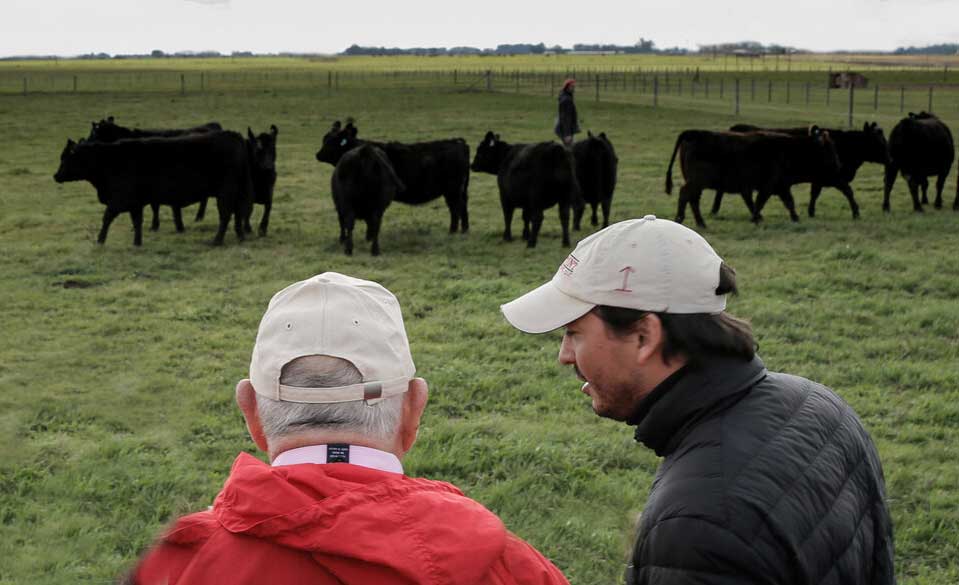
Johne’s Disease Testing in Beef Herds: Testing Plans and Responses
While still somewhat imperfect, testing herd animals for Johne’s Disease is an appropriate tool for producers and their veterinarians to begin to get a handle on the level of infection and to implement sound strategies for limiting the disease’s effects.
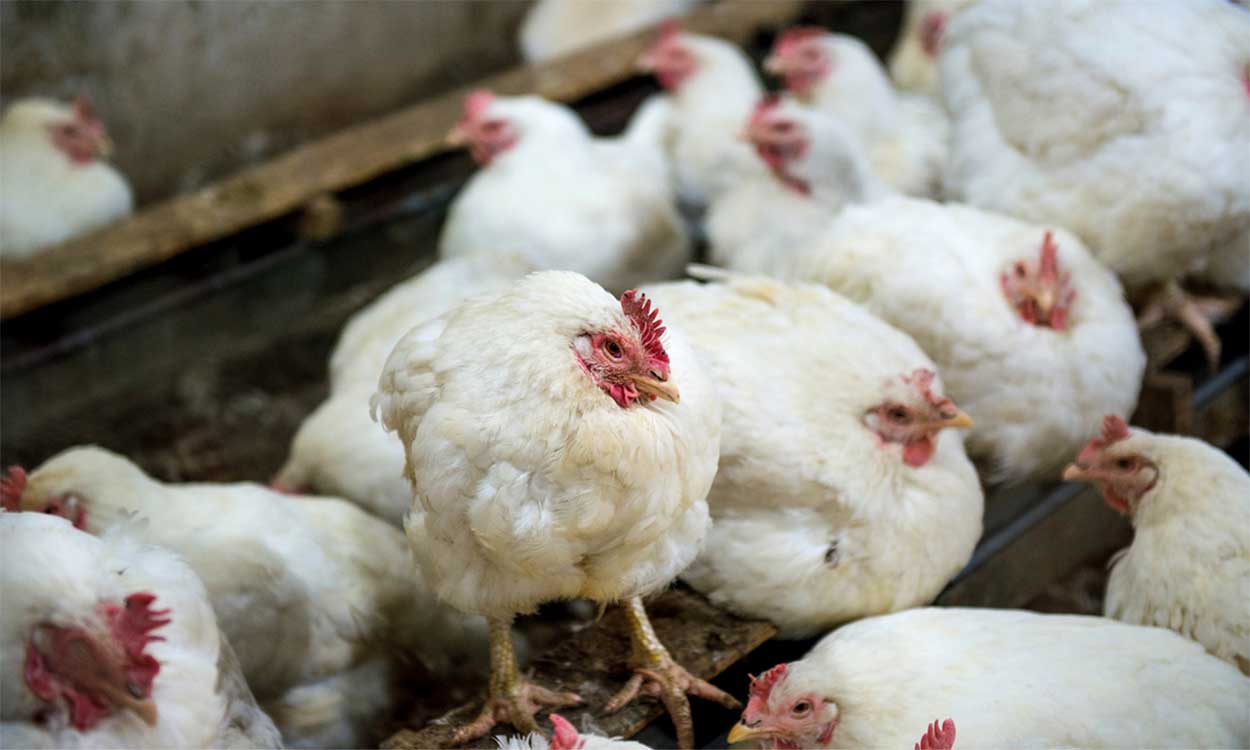
Importance of Chicken Infectious Bronchitis Virus: Q&A
Infectious bronchitis virus (IBV) is a coronavirus that infects chicken flocks, causing respiratory disease. Some IBV isolates can result in a kidney disease (nephritis). Drop of egg production in laying hens is an important sign for IBV infection.
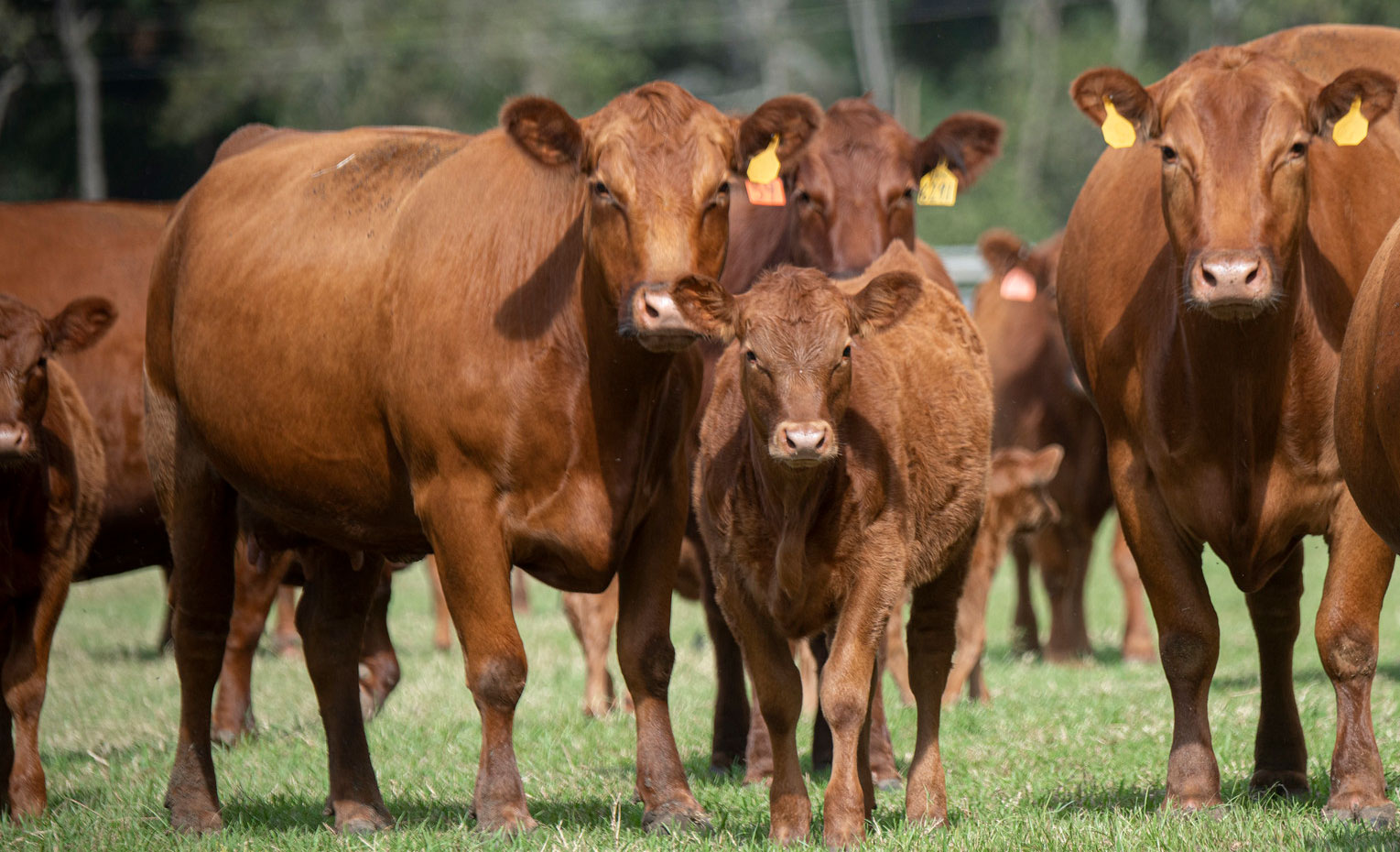
The Bovine Estrous Cycle
Fact sheet on the bovine estrous cycle. Available in English and Spanish.
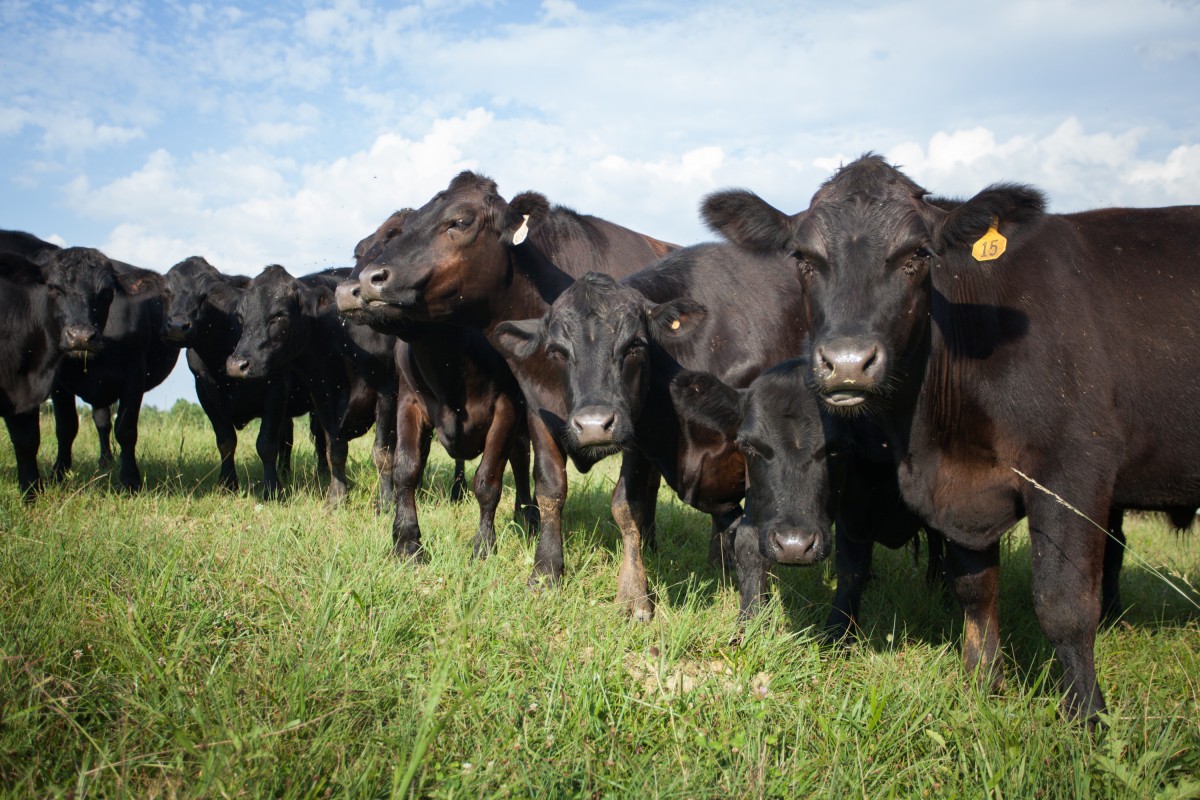
Understanding Estrous Synchronization of Cattle
Fact sheet on the use of estrus synchronization of cattle. Available in English and Spanish.
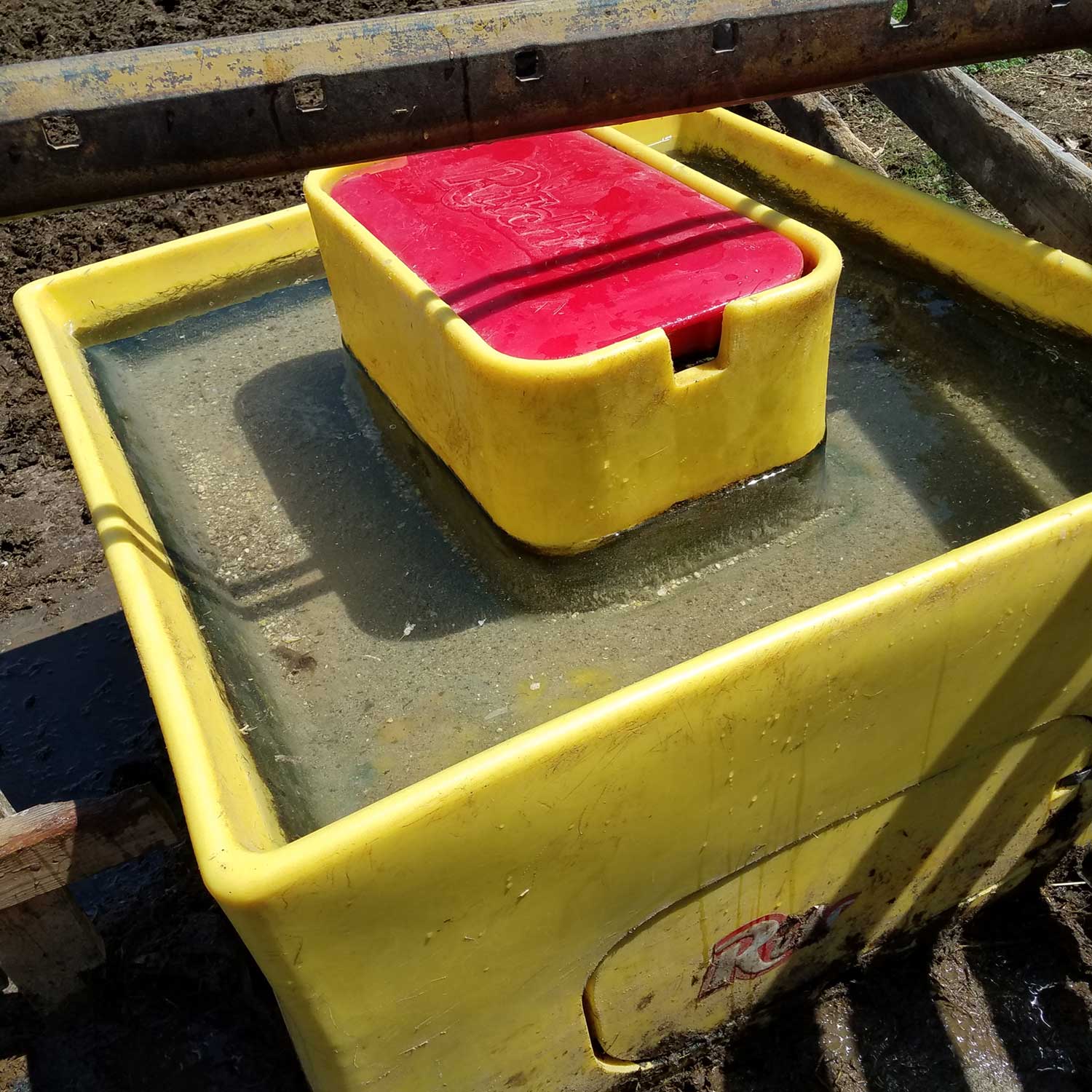
Water: The Unappreciated Nutrient
Water intake is strongly linked to feed intake, so any factors that cause cattle to drink less will lead to reduced feed intake and consequently reduced performance.
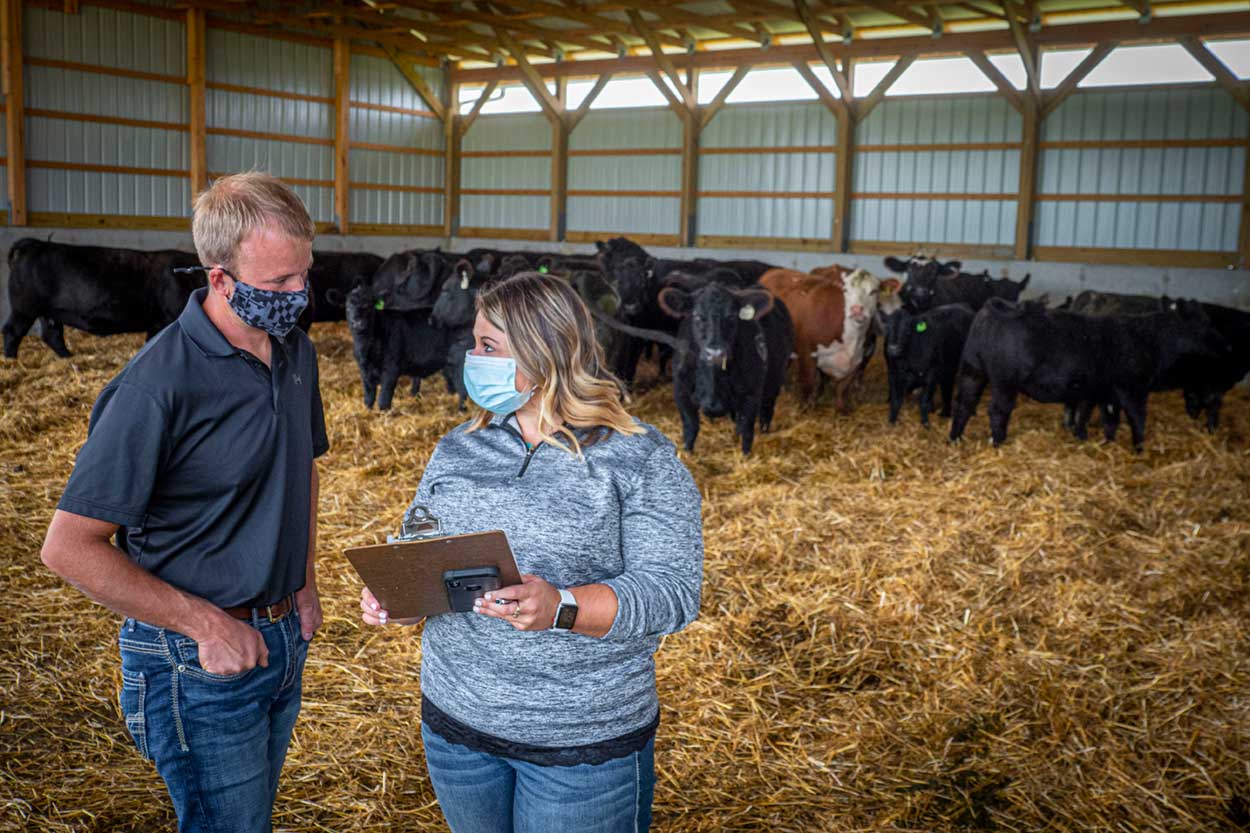
COVID-19 Tips for Farms and Ranches
Continuing to keep employees and family members healthy through the COVID-19 pandemic will require extra effort as you enter the busy time of fall harvest.

Minimizing the Neospora Threat by Using Serology in Beef Replacement Heifer Selection
Neospora caninum is one of the lesser-known causes of infectious reproductive failure in beef herds. It’s always possible for herds to encounter new Neospora infections in a given year, but in herds in which it’s already established, using Neospora serology can be one consideration in choosing replacement heifers.